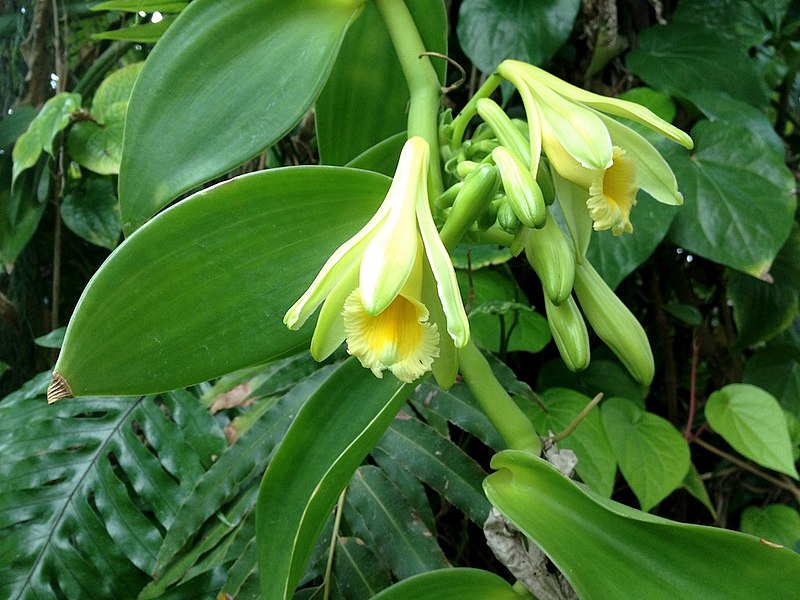Systematic position
According to Bentham and Hooker it belongs to the series Microspermae. Engler places it under the order Microspermae.Hutchinson considers it as belonging to the order Orchidales of the divison Corolliferae.
Distribution
The family is large and is consisting of over 400 genera and more than 10,ooo species distributed in the tropical regions.
General characters

Habit
Perrenial herbs of divers habits -terrestrial, epiphytes or mycorrizal saprophytes or xerophytes, epiphytes usually with swollen leaf bearing stem(pseudobulb) and with hanging aerial roots covered with velamen.
Best safe and secure cloud storage with password protection
Get Envato Elements, Prime Video, Hotstar and Netflix For Free
Best Money Earning Website 100$ Day
#1 Top ranking article submission website
Leaves
Simple, alternate frequently distichous, often fleshy, linear or orbicular or ovate or strapshaped with sheathing leaf bases.
Inflorescence
Racemose, most frequently a spike or panicles or flowers solitary.
Perianth
Segments or tepals typically 6 to 2 whorls the outer usually sepaline and those in the inner whorl petaloid, the median segment of the inner whorl usually the largest and extreamely modified to form the leap or lebellum, usually projected into a basal sac, or spur, sometimes containing honey within.
Androecium
Stamens usually 1 and terminal, anther 2 celled, introse with 2-8 pollinia per anther or with granular pollens, the lower sterile portion of the pollinium sometimes prolonged into sterile filamentous cordlike structure, the caudicle, 1-2, staminodes frequently present.
Gynaecium
Carpels 3, united ovary inferior, usually 1-locular with many ovules on 3-double parietal placentae due to resupination of the ovary through two right angles, the labellum comes to the interior side of the flower, style 1, stigmas 3-lobbed, 2-laterals of which usullay fertile and often united with the third terminal lobe modified into a sterile outgrowth, the rostellum forming an integral part of the pollinium, the stigma, style and stamen(s) variously adherent together, a complex body, the column or gynandrium with the fertile stamen terminal on it.
Fruit
Capsules, dehiscing by 3-6 apically connete valves.
Seeds
Numerous very minute, non-endospermic embryo, indifferentiated.
Identifying Characters
- Plant epiphytic or terrestrial herbs.
- Flower zygomorphic, bisexual and epigynous showy.
- Inflorescence racemose.
- Perianth of two trimerous petaloid whorls, posterior petal larger.
- Stamens 1, connet with the style in a column, pollen grain waxy.
- Carpels 3, uniloculer with 3 parietal placentae.
Important Plants of Orchidaceae Family
Economically it is a very important family. Plants described here in different banners are:
| Purpose | Plant name and comments |
Image |
| Eadible |
Platenthera sussanae tubers are eadible
|
 |
| Medicinal |
Orchis latifolia A nervine tonioc
|
 |
| Flavouring Industry |
Vanilla plannifolia source of vanilla extract of commerce for flavouring various products |
 |
| Ornamental | Cyperipedium sp. |
 |
 Plantlet The Blogging Platform of Department of Botany, University of Dhaka
Plantlet The Blogging Platform of Department of Botany, University of Dhaka






Amazing. 😍 😍 😍 😍 love it